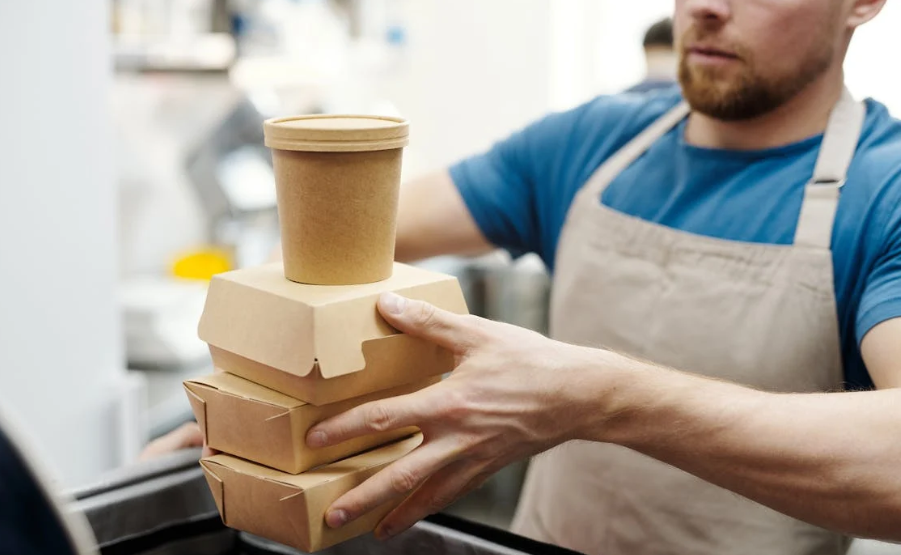
In today’s environmentally conscious market, consumers are increasingly seeking out brands that demonstrate a commitment to sustainability. For food brands, this shift presents an opportunity to innovate and lead in eco-friendly practices. Here are seven effective ways to make your food brand more sustainable, particularly through the use of sustainable food packaging.
1. Opt for Biodegradable and Compostable Materials
Switching to sustainable food packaging made from biodegradable or compostable materials can significantly reduce your brand’s environmental footprint. Materials like PLA (polylactic acid) derived from cornstarch or bioplastics made from other plant fibres break down more quickly than traditional plastics and leave a smaller ecological impact.
2. Reduce Packaging Layers
Many food products are over-packaged with multiple layers of materials, some of which are unnecessary. By reducing the number of layers and simplifying packaging, your brand can decrease waste and minimise the use of raw materials. This not only helps the environment but can also cut down on shipping weight and packaging costs.
3. Implement Recyclable Solutions
Encouraging recycling is a cornerstone of sustainable practices. Ensure that your packaging is not only recyclable but also that consumers are aware of how to properly recycle it. Clear labelling and using widely accepted recyclable materials can make a big difference in ensuring that the packaging does not end up in a landfill.
4. Use Reusable Packaging
Consider designing packaging that consumers can reuse. Reusable containers for products like coffee, teas, and snacks can create a long-term relationship with customers while promoting a cycle of reuse that reduces waste.
5. Incorporate Edible Packaging
Innovative solutions like edible packaging are on the rise. Edible wrappers and containers made from natural food substances can be consumed with the product they house, offering a novel and zero-waste option for packaging.
6. Source Locally
Reducing the distance that your packaging materials and contents need to travel can significantly lower your carbon footprint. Sourcing locally not only supports local economies but also reduces greenhouse gas emissions associated with transportation.
7. Promote a Circular Economy
Engage in or create initiatives that promote the circular economy model, where materials are reused and recycled continuously. This can involve taking back used packaging for recycling or repurposing, supporting recycling programs, or using recycled materials in your packaging.
8. Optimise Packaging Design
Efficient design plays a crucial role in reducing waste. By optimising packaging design, your brand can use less material without compromising the product’s integrity or consumer appeal.
This includes redesigning shapes to fit more efficiently into transport boxes or reducing excess space within the packaging. Such measures not only reduce material usage but also decrease the energy required for production and transportation.
9. Foster Transparency and Education
Building transparency about your packaging processes and materials helps cultivate trust and educates consumers on the importance of sustainability efforts. Provide clear information about how the packaging can be disposed of or repurposed, and share stories about the journey towards sustainability.
Educating consumers about the impact of their choices can empower them to make more environmentally friendly decisions and enhance the overall effectiveness of your eco-friendly initiatives.
Building a Sustainable Brand
Making your food brand more eco-friendly through sustainable practices and packaging is not just good for the environment—it also resonates with consumers and can set your brand apart in a competitive market. By implementing these strategies, you can demonstrate your commitment to sustainability and attract a growing demographic of environmentally aware customers.
Additionally, exploring trends in sustainable food systems can provide further insights into how your brand can contribute positively to environmental and societal impacts.